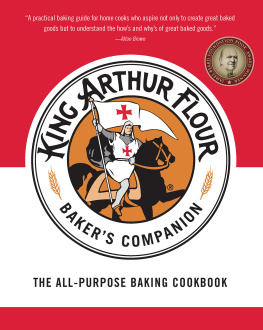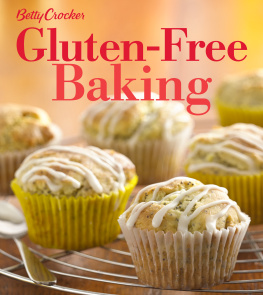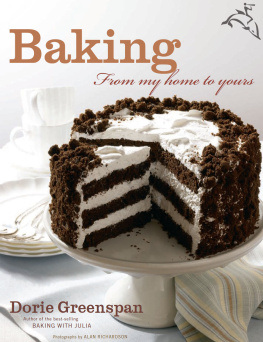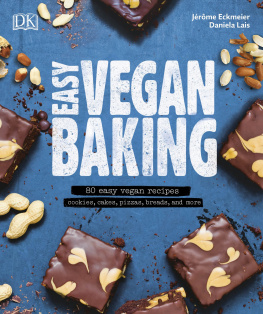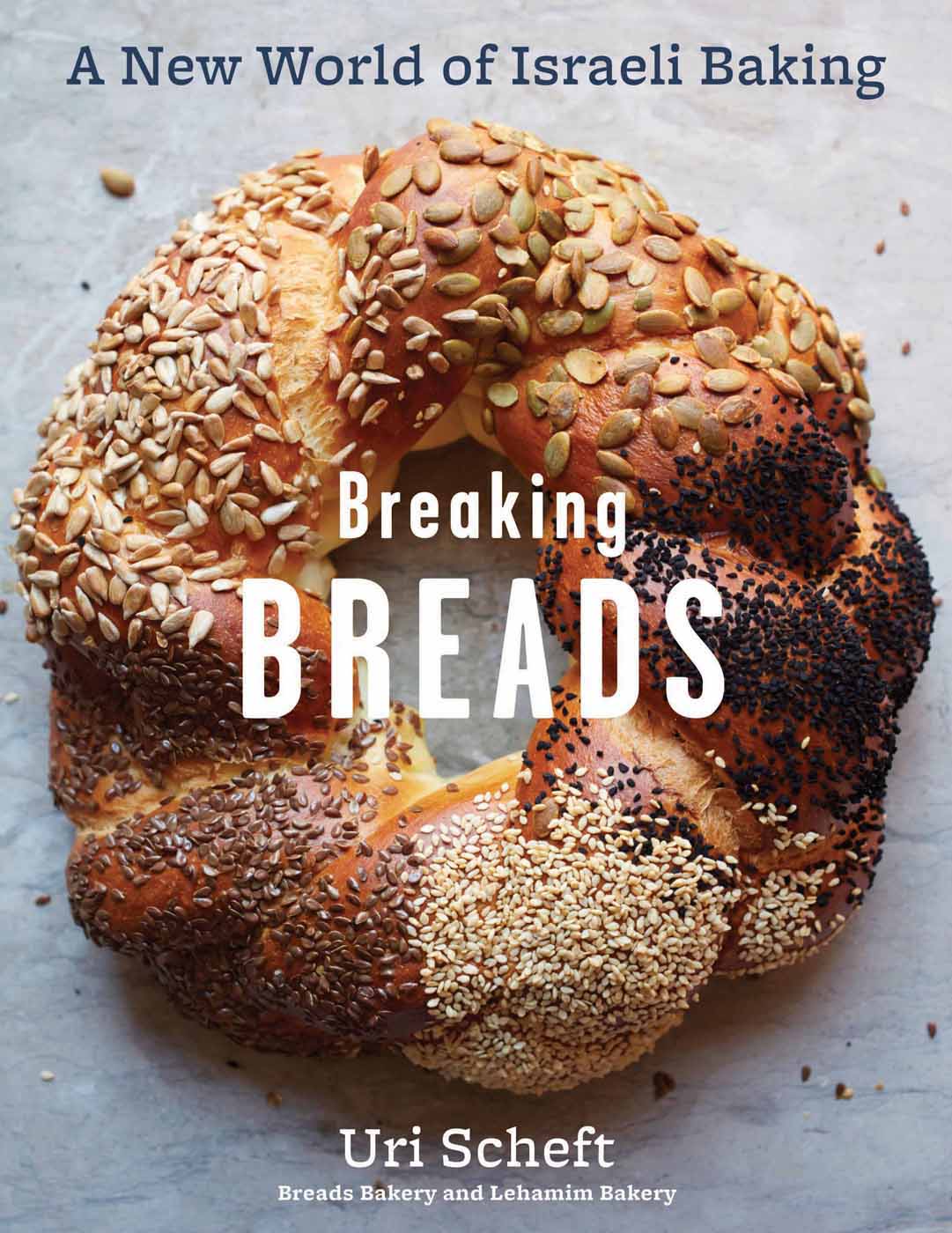
Breaking
BREADS
Uri Scheft
with Raquel Pelzel
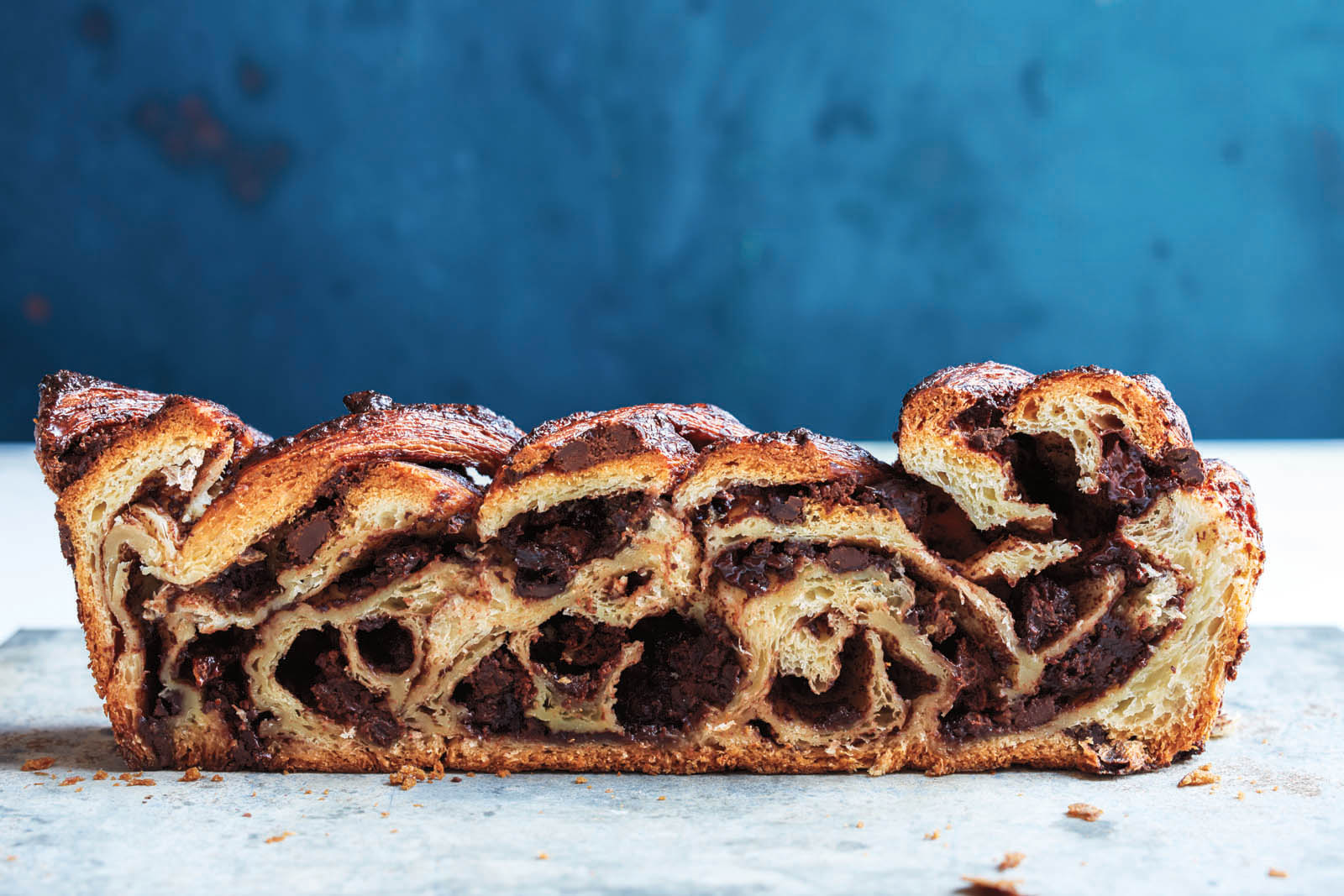

NEW YORK
To my children,
Roy, Yasmine, and Halell
And to my sweetheart, Rinat,
whose contribution to this book is enormous
What a journey...
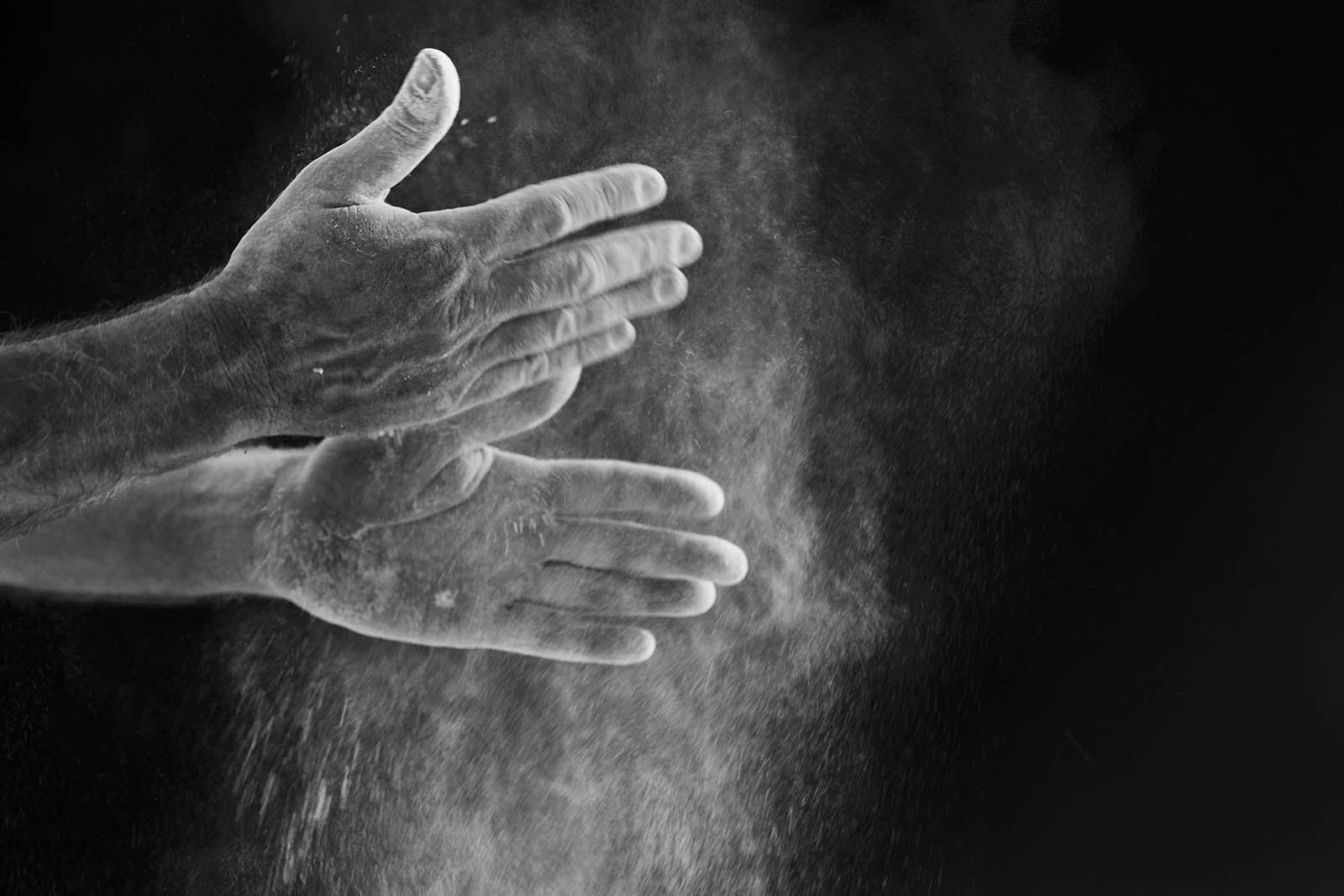
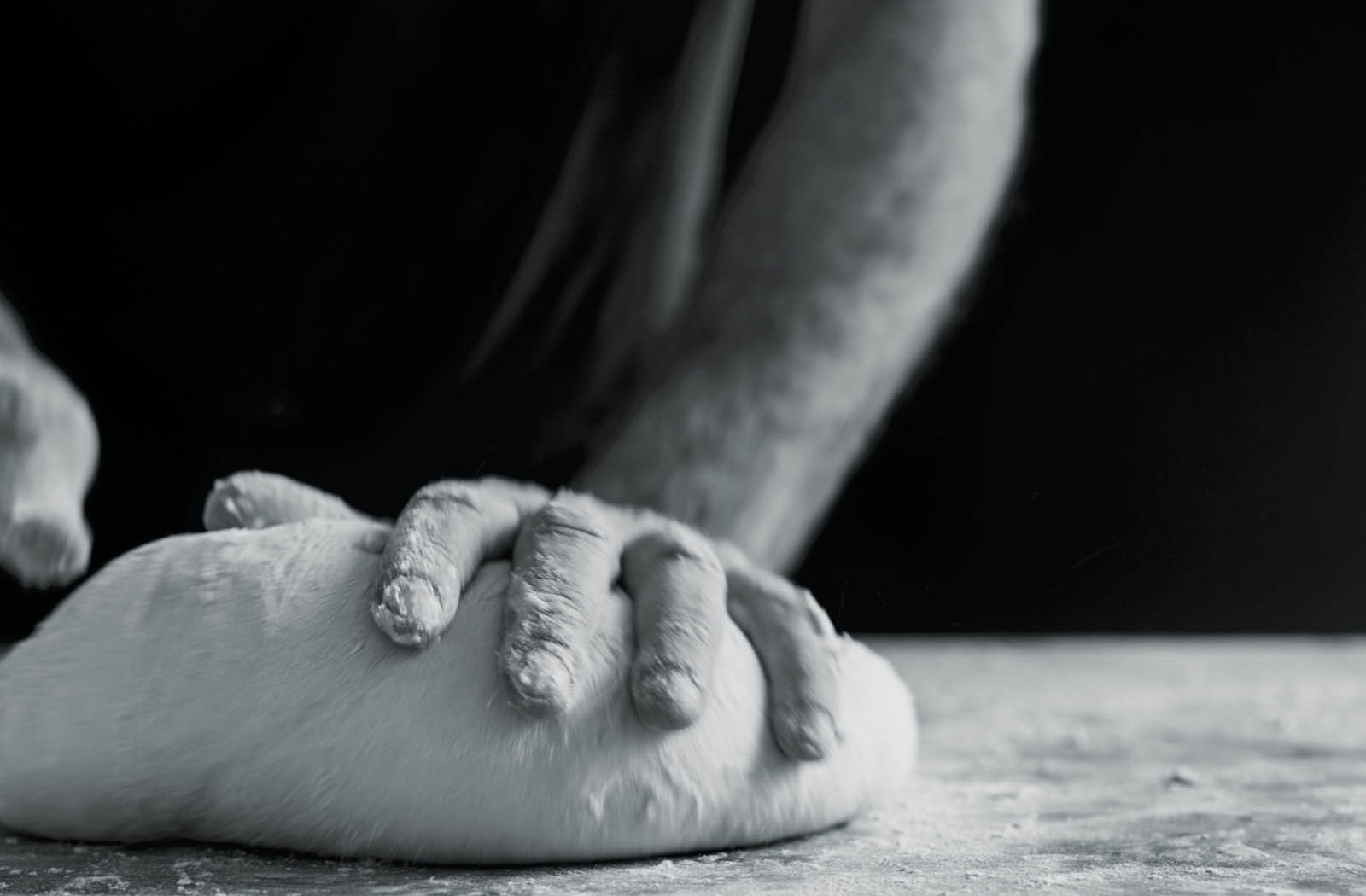
Contents
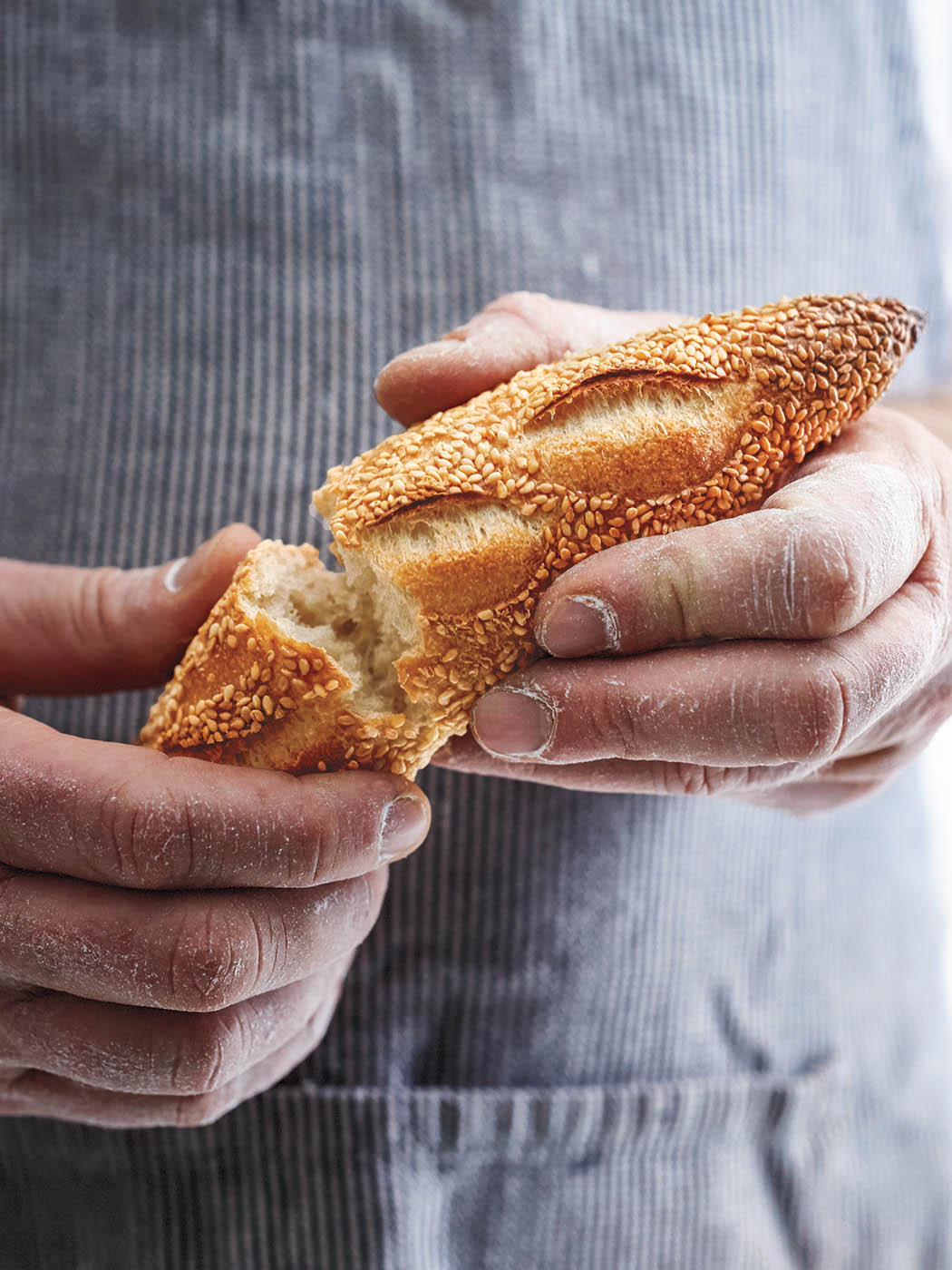
Introduction
my first love was bread. Or more specifically, the smell of bread. The smell of bread baking in the oven, the promise of its warmth, its sweetness, its supple crumb that contrasts to the browned, sometimes shiny-tender, sometimes rough and sharp-edged crust. My mother baked oftennot every day, but enough for me to connect the smell of baking bread with a feeling of pure happiness. The idea of this beautiful and nourishing loaf made by hand and bringing people together around a table or even gathered at a kitchen counter to rip off a piece and eat it with such great enjoymentto me, this is true love. And so it has become my lifes work to re-create this feeling of anticipation and pleasure with every loaf and pastry I bake and sell in my bakeriesand this is the essence of Breaking Breads.
My passion for bread extends to a constant desire both to discover new breads and to revitalize traditional recipes to suit modern tastes with better-quality ingredients, new fillings, or different shapes. Some of these breads are ones I have grown up withlike challah and pita. Others, such as kubaneh and lachmajun, have been introduced to me through love, marriage, friendship, and travel. In turn, I want to introduce you to concepts, techniques, flavors, and breads that will become your new favorites.
I am Israeli, so there is, of course, a strong Middle Eastern inflection to the recipes in Breaking Breads. Others are recipes I picked up during my studies as a young baker working in Denmark, Italy, and France. Still other recipes come from my wifes family members, who are Moroccan and Yemenite, from Turkish friends, from a Druze woman who was generous enough to teach me her familys secrets for a traditional stuffed flatbread, and from the bakers Ive worked with. But all the recipes are filtered through my experiences, and so the result is something that is close to the original but that is ultimately a reflection of my tastes and my cultural heritage, which is Jewish, Israeli, and Danish.
This is not a book about the true origins of kubaneh or the history that associates challah with the Jewish people. Many of the breads in this bookthe Jerusalem bagel, burekas, babka, and pitaoriginated in a region that has been in flux for thousands upon thousands of years. People have been settling in the region of Israel for millennia, and now through marriage and travel, its not uncommon to have someone like me, a mishmash of cultures and influences, who is married to a woman, also born in Israel, with Yemenite and Moroccan parentsand we have a child who was born in the United States, so she is American, Danish, Israeli, Yemenite, and Moroccan! These are the recipesa challah from Israel, a flatbread from Iraq, a cookie from Denmark, a pastry from Lebanonthat have become a part of our culture and identity as Israelis and as a new-world family. These breads and pastries reflect how we eat in our daily life.
New Israeli Cuisine and Modern Israeli Baking
As much as New York City is a melting pot, so is Israel. Although more than three- quarters of the 8-million-plus population is Jewish (which is, incidentally, roughly the same as the population of New York City), we are also a mix of cultures and cuisines that rivals that of any metropolitan area. Israel is a demographic hodgepodge of people from Russia, Morocco, Ethiopia, Germany, South Africa, Lebanon, Yemen, Scandinavia, Bulgaria, Poland, and, of course, the United States, among many other near and far lands. So it makes sense that our cuisine is a blend of recipes from many cultures.
But something interesting is happening in Israeland has been happening over the past twenty years or so. Today Israelis want the food of their mothers and grandmothers, but also food made with the best ingredients and perhaps reinterpreted to reflect trends happening in Los Angeles, New York, London, and Barcelona. Israelis have a deep-rooted hunger for exploration and discovery. We are a nomadic people, dont forget, and after serving in the Israeli army, which is mandatory for all eighteen-year-olds, many Israelis quench their wanderlust by heading to South America, India, Europe, Asia, Australia, and the United States, and not just for two weekssometimes for two years! When the young generation comes home, they bring with them a passion for new tastes and dishesgooey American-style chocolate chip cookies, Sriracha, green juice. Israelis always want to know whats new and exciting, especially when it comes to good things to eat!
The fusion in much contemporary Israeli food extends to baking and mirrors my own approach in the kitchen. This book is not a comprehensive study on the breads of the Middle East. It does embrace the spirit of discovery, of trying new things and melding them with classic techniques. The spices and aromas of the Israeli kitchen combine to create dishes and flavors that have recently captured the attention and adoration of the food world. Yotam Ottolenghi and Sami Tamimi, of Ottolenghi and Nopi in London, helped to ignite the interest in Israeli food, and chefs like Michael Solomonov of Zahav in Philadelphia, Einat Admony of Balaboosta in New York City, and Alon Shaya of Shaya in New Orleans are constantly introducing new flavors and taking liberties with classic Israeli dishes in their restaurants. The result is expats who are shaping modern Israeli food as much as chefs in Israel are.
To me, this is modern Israeli food: Its taking the old and infusing it with the new. Its taking traditions and flavors from all of its peoplefrom Denmark to Ethiopia, Morocco to Polandand funneling them through the creative minds of cooks who are constantly trying to create and conceive of new compositions. Its dill and cumin, its pomegranate and ricotta, its Nutella and pistachios. Its the most ancient of flatbreads as well as apple-stuffed, cinnamon-laced strudel.
A Modern Israeli Baker
My devotion to bread began when I was a child. When I was ten years old, my parents decided it was important for us to better understand Danish culture and our Scandinavian roots. So we moved from Raanana in Israel to Copenhagen. For me, this was a total disaster. In Israel, where we had a large home with a garden and a swimming pool, surrounded by orange plantations and strawberry fields, I was free to roam and play. In Denmark we moved into a New York Citystyle flat where five of us lived together in a tiny space that didnt even have a shower. Because I didnt have many friends at first, I was home a lot and became interested in cooking and baking. My natural curiosity for creating began to grow, and I was intrigued by this very practical way to express myself creatively (and after I was finished, I could eat my experiments!).
Next page

